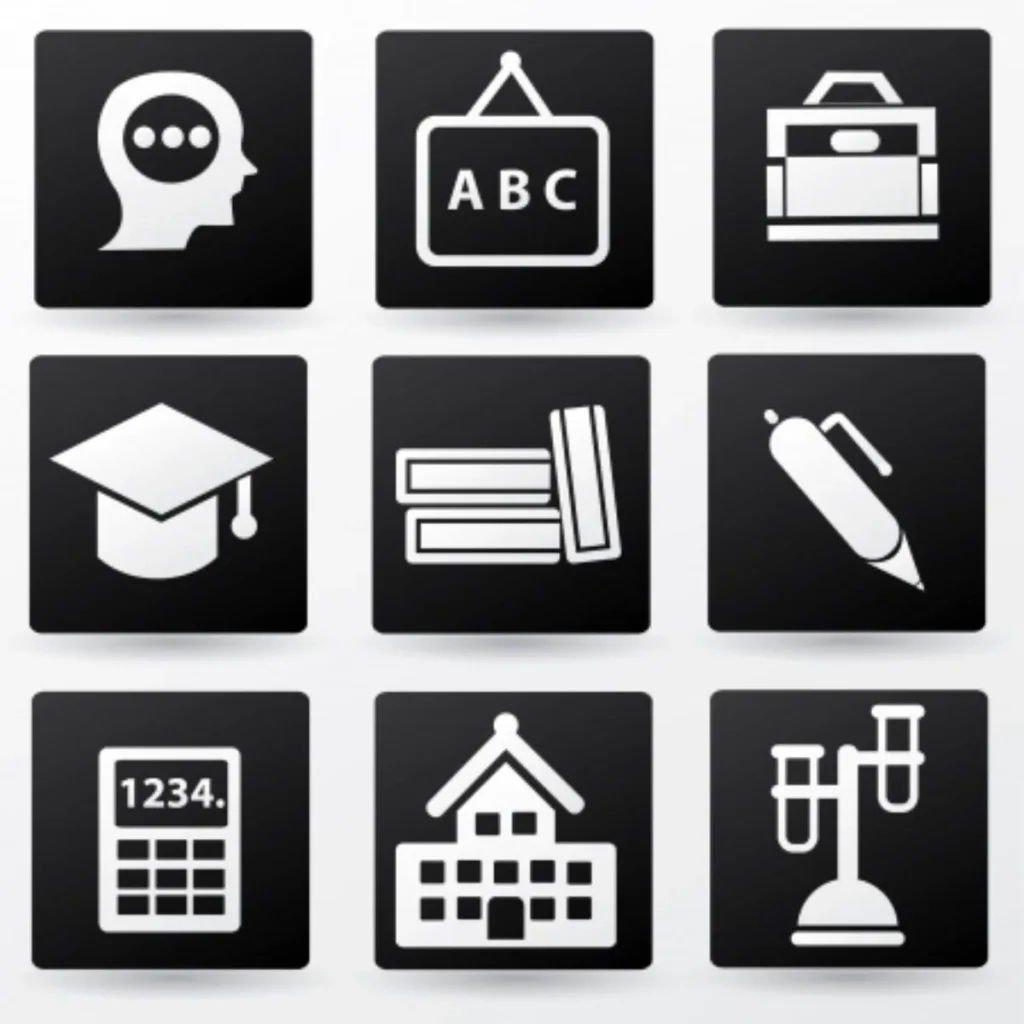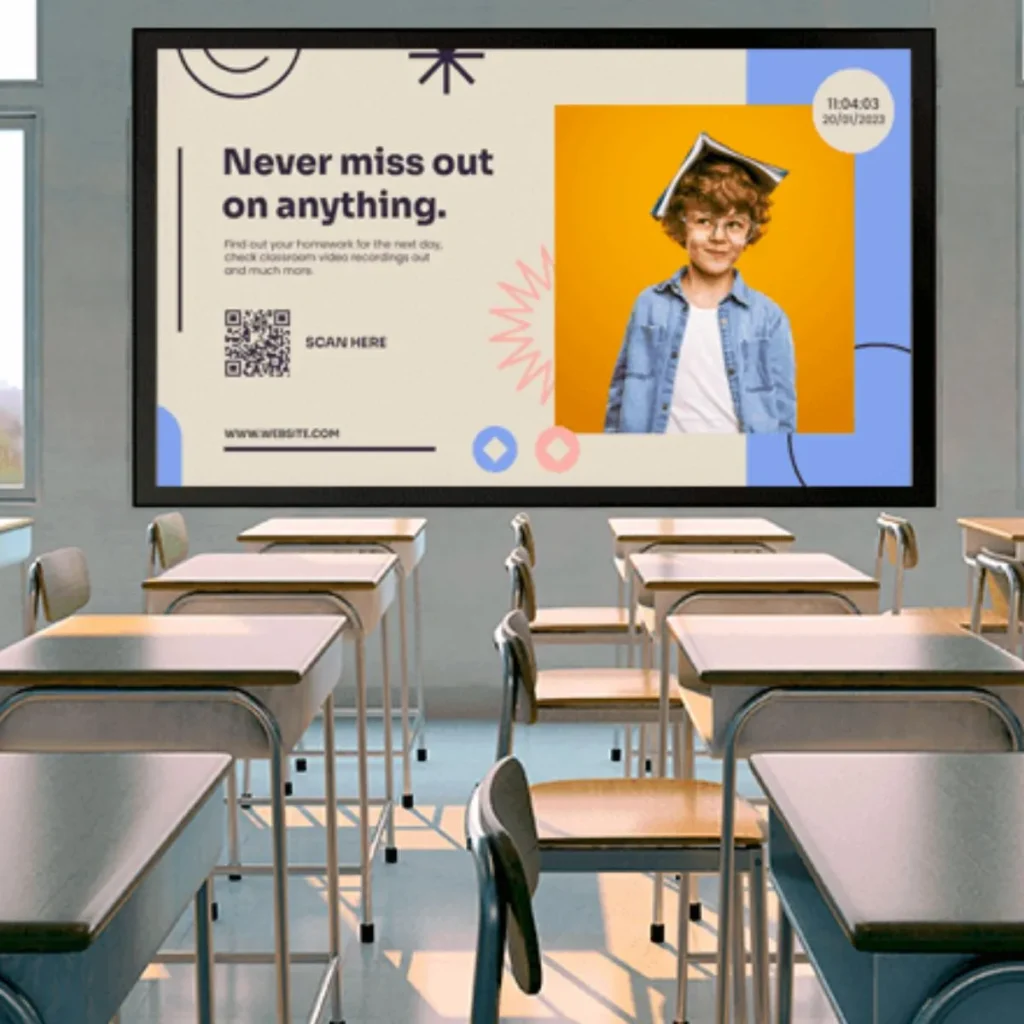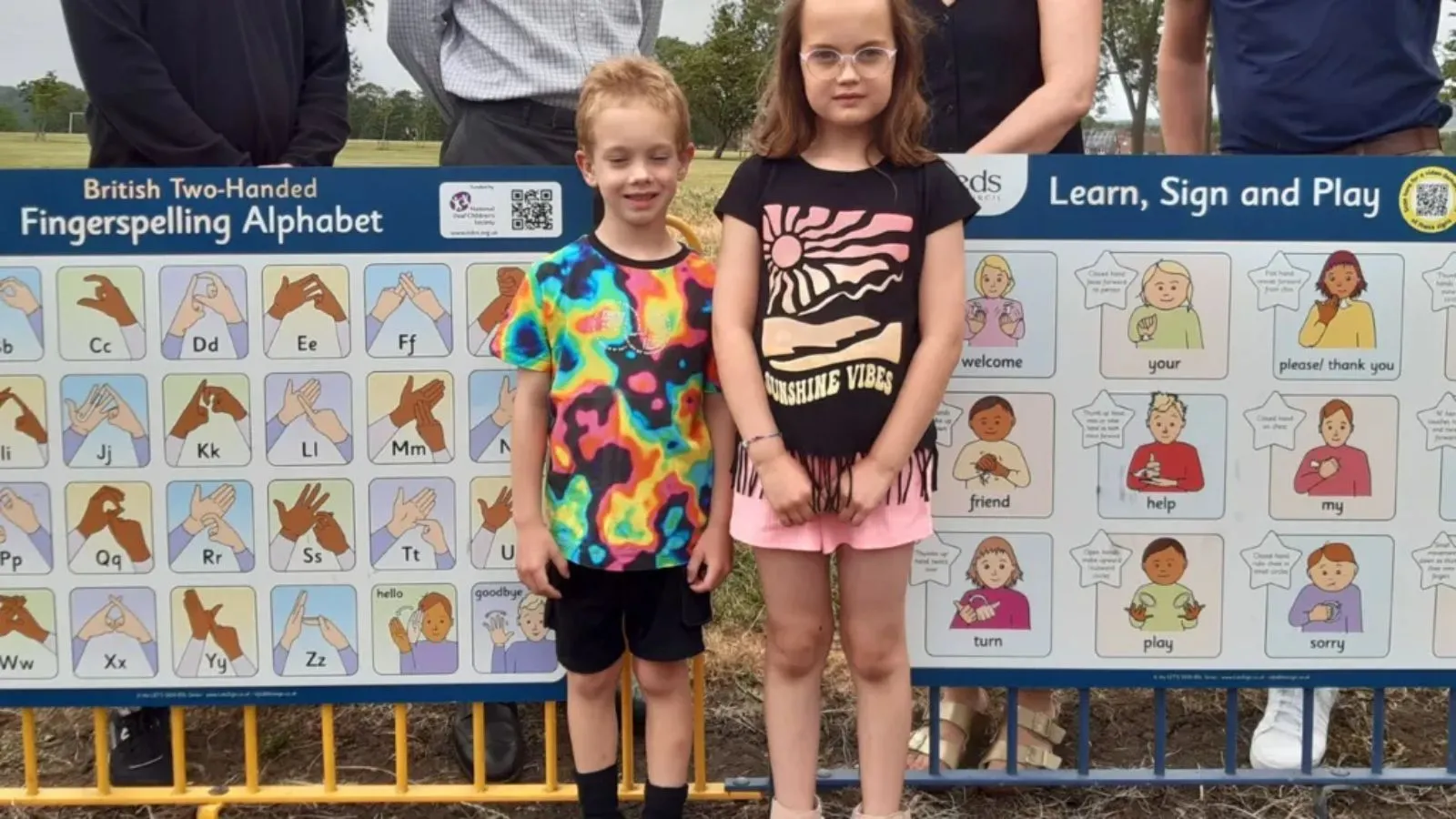Educational signage refers to visual displays that are strategically placed in learning environments in order to inform, instruct, inspire, or even guide. Moreover, these signs can be textual, graphical, or sometimes interactive, and they are specifically designed to support educational goals while also enhancing the overall learning experience.
In today’s fast-moving world, educational signage has become an essential tool for schools, universities, and training centers. People search for this keyword because they want to understand how signs can support learning, safety, and engagement in educational spaces. Often, there’s confusion about what educational signage means — is it just classroom boards or more than that? In reality, it covers directional signs, motivational quotes, digital displays, and informative graphics used throughout learning environments.
This article clears up the meaning, history, and correct use of educational signage. You’ll also learn about its spelling differences, real-life examples, and usage data. Whether you’re designing signs for a school or writing a marketing article, this guide helps you use the term correctly and confidently.
Educational Signage: Enhancing Learning Environments with Visual Communication

Educational signage is crucial in determining how visitors, teachers, and students engage with learning environments in today’s ever-changing educational landscape. Moreover, passive walls can easily be turned into active teaching tools through well-designed signage that reinforces curriculum topics and also guides behaviour. Furthermore, this article examines the significance, varieties, advantages, as well as best practices of installing educational signage at learning centres, colleges, and schools.
Education Digital Signage

Education digital signage refers to electronic displays used in schools, colleges, and universities to share important messages, schedules, and announcements.
It helps teachers and administrators communicate quickly with students and staff.
Digital screens can display videos, alerts, and interactive content, making learning more engaging.
They reduce paper use while keeping information updated in real time.
Overall, digital signage improves campus communication and student engagement effectively.
Educational Signage – Quick Answer
Educational signage refers to any visual display used in learning spaces to inform, instruct, or motivate.
Examples include:
- Classroom rules posters
- Campus direction boards
- Safety and hygiene reminders
- Interactive digital screens
These signs help students stay informed and teachers communicate clearly. Simply put, it’s learning through signs.
The Origin of Educational Signage
The word “signage” comes from the Old French word “sign”, meaning “a mark or signal.” It became common in English during the late 17th century to describe collections of signs or displays. Over time, the term “educational signage” emerged as schools began using visual cues for both safety and learning enhancement.
Interestingly, spelling differences arose as English spread globally — mainly between British and American styles. However, the word “signage” remains consistent in both versions of English.
British English vs American English Spelling
While “signage” itself doesn’t change spelling, related educational terms often differ between British and American English. Understanding these variations helps maintain clarity for global audiences.
| Concept | British English | American English |
|---|---|---|
| Programme | Programme | Program |
| Colour-coded Signs | Colour | Color |
| Signboard | Signboard | Signboard |
| Educational Centre | Centre | Center |
| Signage Usage | Signage | Signage |
In short, the main differences lie in suffixes and vowel usage, not in “signage” itself.
Which Spelling Should You Use?
If your audience is primarily in the UK, Australia, or Canada, stick to British English forms like colour and centre.
For US-based readers, use American English spellings such as color and center.
However, if you’re writing for a global audience, mixing styles can confuse readers. The best practice is to pick one version and stay consistent throughout your content.
Common Mistakes with Educational Signage
Many writers make small but frequent mistakes when using this keyword. Let’s look at some examples:
| Mistake | Correction |
|---|---|
| “Education signage” | “Educational signage” |
| “School signages” | “Educational signage” (uncountable noun) |
| “Signage’s are helpful” | “Signage is helpful” |
| “Educative signage” | “Educational signage” |
Remember — “signage” is usually uncountable, and “educational” is the correct adjective, not “education” or “educative.”
Educational Signage in Everyday Examples
Educational signage appears in more places than you might think:
- Emails: “Please update the educational signage before the school reopening.”
- News: “The city council funded new educational signage for public awareness.”
- Social Media: “Creative educational signage makes classrooms fun and engaging!”
- Formal Writing: “Effective educational signage supports visual learning strategies.”
These examples show how naturally the keyword fits across communication styles.
Educational Signage – Google Trends & Usage Data
Google Trends shows that interest in “educational signage” has grown steadily in the past five years.
Countries with the highest searches include:
| Country | Popularity (%) |
|---|---|
| United States | 35% |
| United Kingdom | 25% |
| Australia | 15% |
| India | 10% |
| Canada | 8% |
The rise in digital classrooms and e-learning tools has made educational signage more relevant than ever, especially in schools adopting hybrid learning systems.
FAQs About Educational Signage
1. What is educational signage?
It refers to signs and displays used in educational spaces to inform, guide, or motivate learners.
2. Why is educational signage important?
It enhances safety, communication, and engagement in schools or training centers.
3. Can digital screens be considered educational signage?
Yes. Interactive digital displays are modern forms of educational signage.
4. Is “signage” a plural word?
No, “signage” is an uncountable noun. Say “educational signage,” not “educational signages.”
5. What materials are best for educational signage?
Durable materials like PVC, aluminum, and laminated vinyl are ideal for schools.
6. Who designs educational signage?
Usually, graphic designers or educational consultants collaborate to create effective visuals.
7. Can educational signage be used outside schools?
Yes — museums, libraries, and community centers also use it to support learning.
Conclusion
In short, educational signage plays a vital role in shaping clear, engaging learning spaces. It’s not only about direction or decoration — it’s about communication and accessibility. Whether you’re writing for a school website, designing posters, or running a training institute, using the correct term “educational signage” improves professionalism and clarity.
Always remember to stay consistent with spelling; moreover, avoid common grammar mistakes, and also use signage that’s purposeful and easy to understand. With proper design and wording, educational signage can therefore turn walls into learning tools, while helping every learner feel both guided and inspired.


Leave a Reply